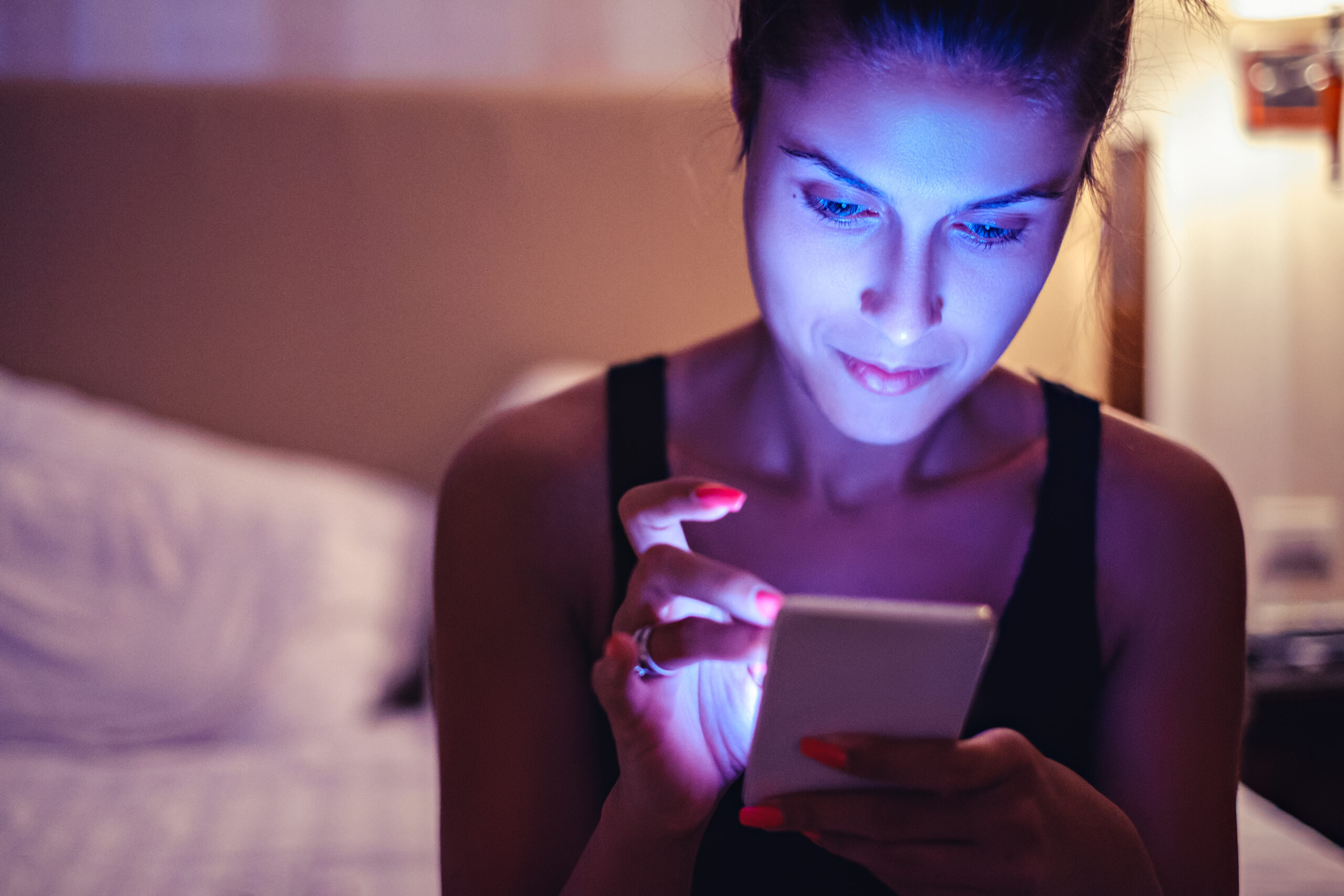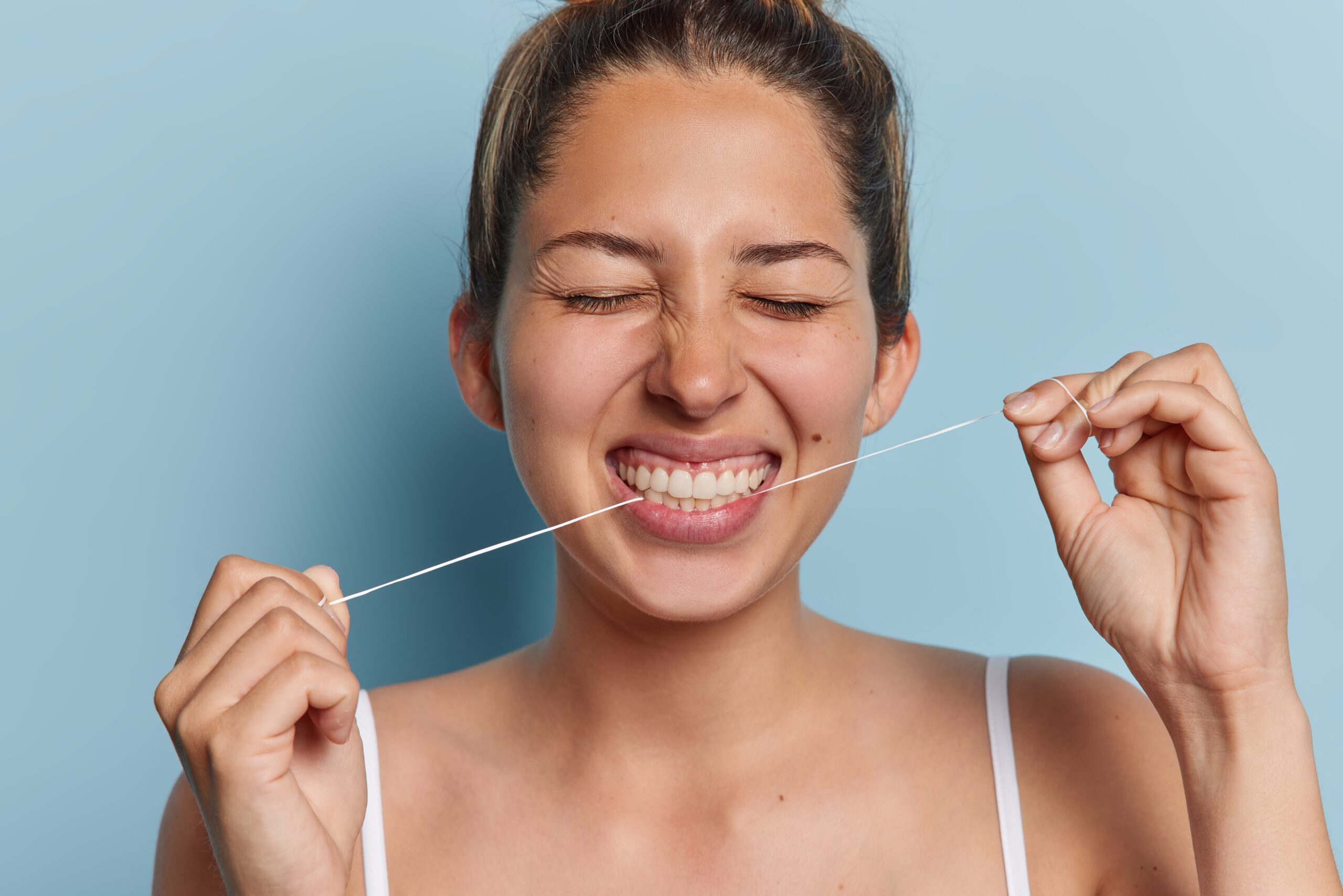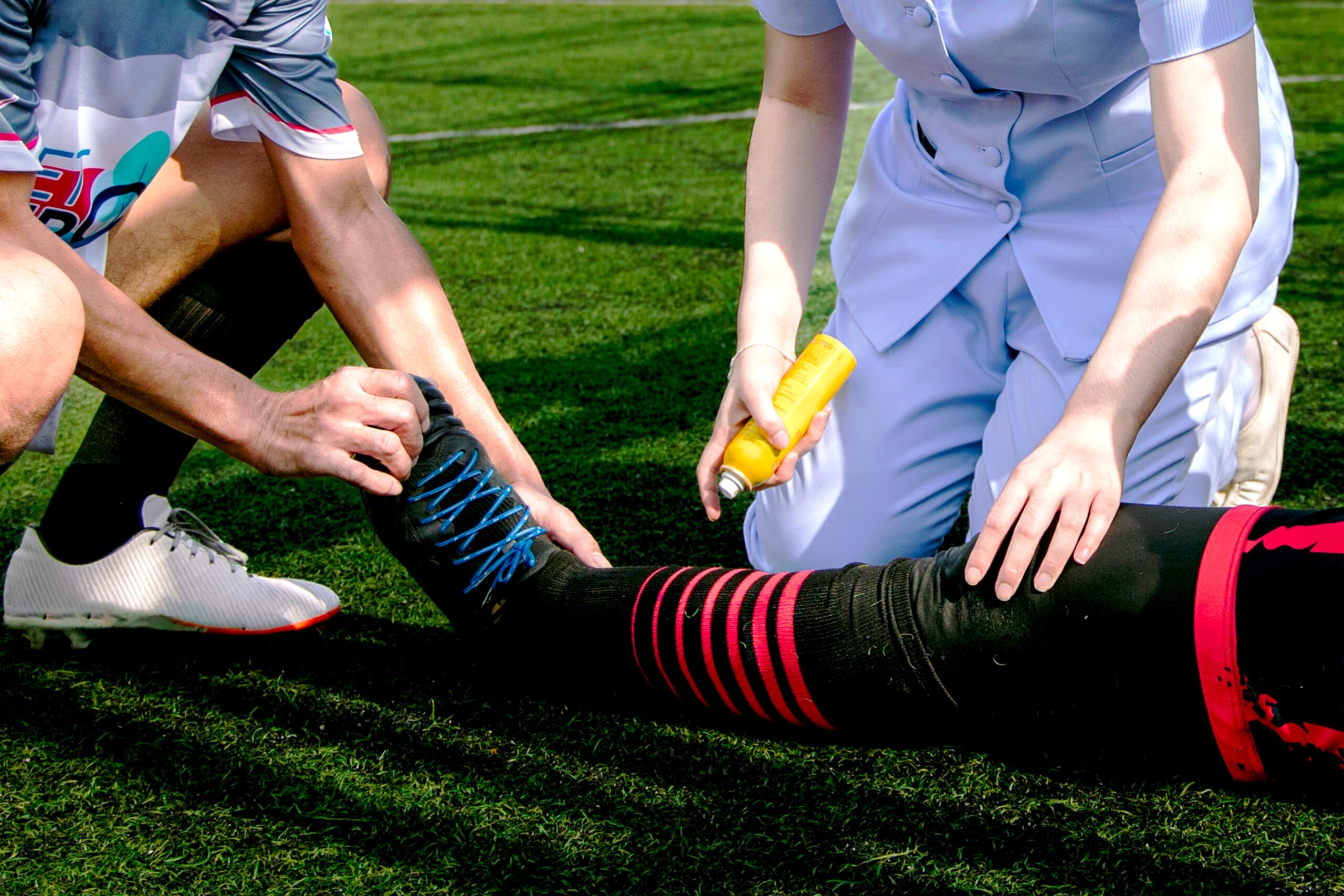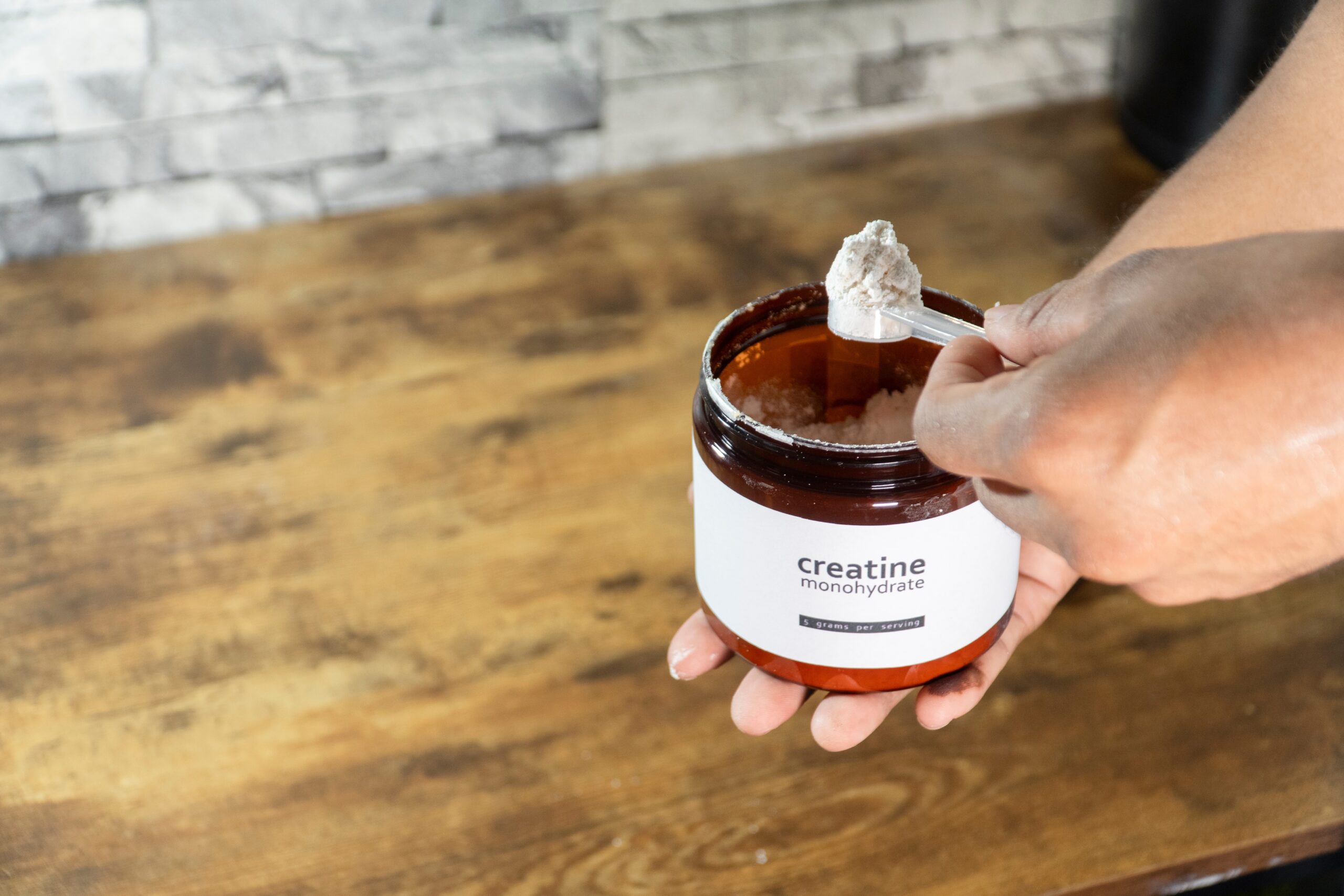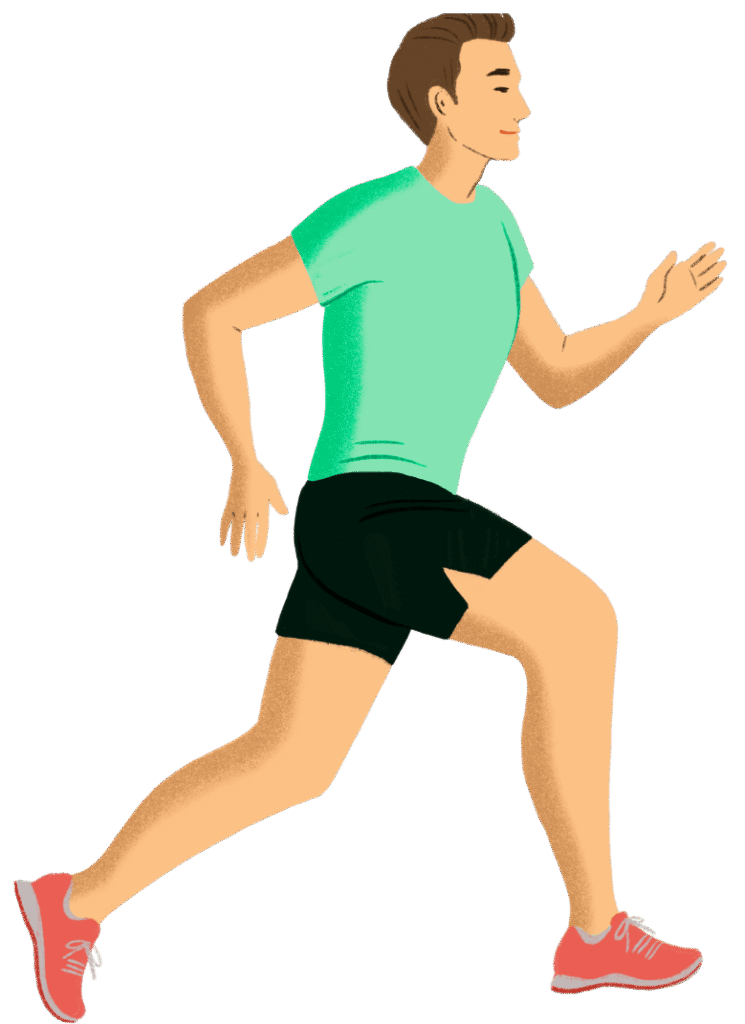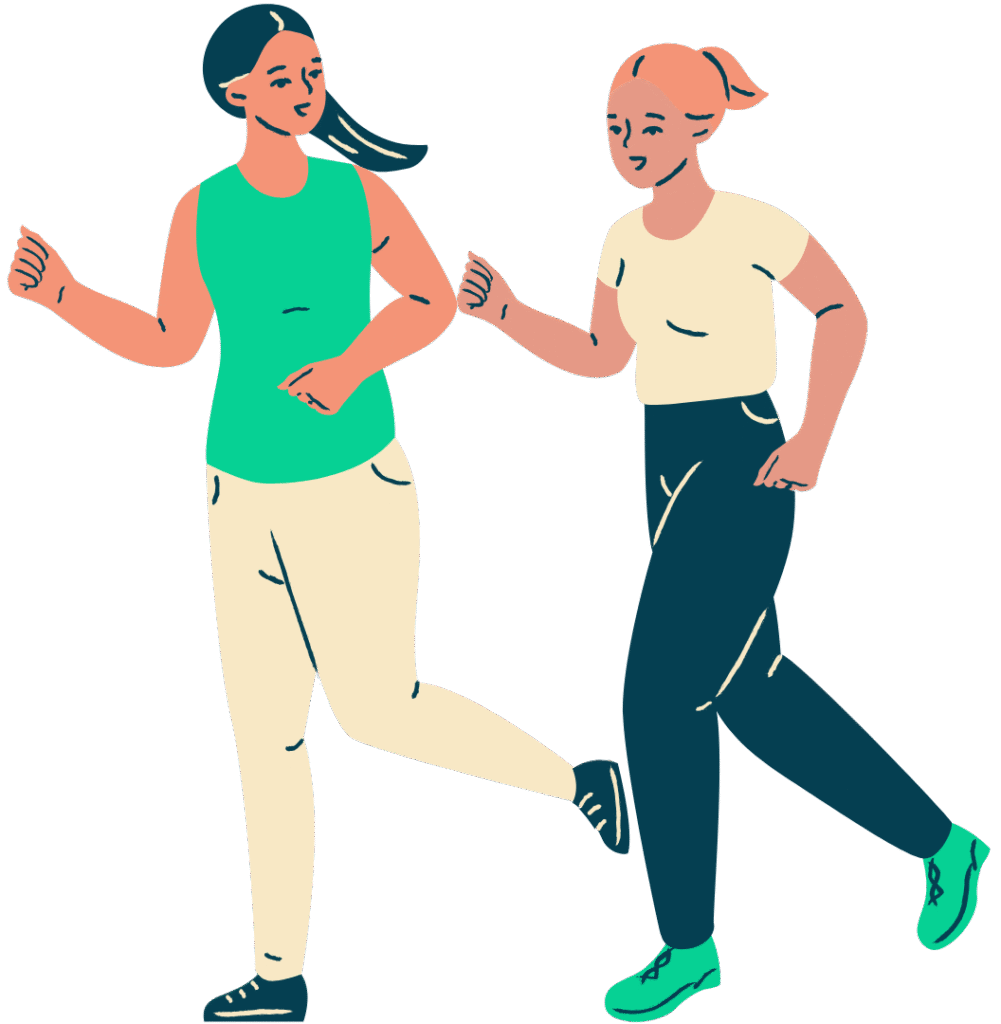Blue light, once vilified as the villain behind sleepless nights, might not be the sleep-wrecking monster we were led to believe—yet the real story reveals a battle between science, technology, and our most basic nightly rituals that is far from settled.
Story Snapshot
- Blue light’s impact on sleep is hotly debated, with new research challenging previous fears
- Melatonin suppression and circadian rhythm disruption remain scientific concerns, but evidence is mixed
- Device makers and health experts push blue light filters as a precaution, but behavioral factors may matter more
- Public health recommendations stay cautious as the debate continues, especially for vulnerable groups
How Blue Light Became the Scapegoat of the Digital Night
Early 2000s sleep science opened a Pandora’s box: blue light, the short-wavelength glow flooding from screens and LED bulbs, was found to suppress melatonin and potentially scramble our circadian clocks. As smartphones and tablets took over evenings by the 2010s, blue light’s reputation darkened further. The logic seemed airtight—more blue light, less melatonin, less sleep. But as the world rushed to install blue light filters and flip on “night mode,” the story behind the science grew more tangled. Is blue light truly the enemy, or just a convenient scapegoat for our restless, tech-saturated nights?
Researchers discovered that melanopsin-containing cells in our eyes respond especially to blue wavelengths, signaling our brains to stay awake. This connection to sunlight made sense for evolution, but with LEDs now saturating our homes and pockets, the context changed. Early research prompted device makers to launch blue light reduction features, and public health campaigns warned of late-night scrolling. Yet, even as these countermeasures spread, a critical question persisted: just how much does blue light really matter for our sleep?
Unraveling the Evidence: Mixed Results and Ongoing Controversy
Systematic scientific reviews from 2015 to today reveal a landscape of disagreement. Some controlled studies report that blue light exposure before bed reduces sleep quality and delays sleep onset, while others detect little or no effect. A landmark 2022 study from the University of Basel even suggested the impact of blue light on circadian rhythms might be much less significant than previously claimed. The real-world significance of blue light exposure—especially the kind from phones and tablets—remains in question, as does the relative importance of content engagement versus light wavelength in keeping us awake at night.
Sleep experts are divided. Many still agree that blue light can suppress melatonin and delay sleep, but the degree to which this happens for most people, outside of laboratory extremes, is uncertain. Some researchers point to behavioral factors—such as stimulating or stressful content—as potentially bigger culprits for bedtime insomnia. Others stress that while the average person may not be devastated by blue light, vulnerable groups like children, adolescents, and those with sleep disorders could still be at risk.
Precaution, Practicality, and the Path Forward
Despite the unresolved science, the market for blue light filters, amber-toned night modes, and “sleep-friendly” lighting has exploded. Health authorities and device makers have erred on the side of caution, recommending limits on evening screen time and promoting blue light reduction features. Yet, as meta-analyses roll in with inconsistent findings, experts now suggest that managing screen time in general—and the nature of what we do on those screens—may be as important as filtering out blue wavelengths.
Public health guidelines continue to recommend reducing blue light exposure close to bedtime, especially for those struggling with sleep. Behind these cautious recommendations lies a broader recognition that modern lifestyles—late-night work, binge-watching, doomscrolling—pose complex challenges for our sleep. As the research evolves, future advice may shift from a narrow focus on blue light to a more holistic view of evening routines and technology habits.
Broader Impacts: From Bedrooms to Boardrooms
The blue light debate extends beyond personal sleep hygiene. Technology companies, facing both consumer demand and regulatory scrutiny, have made blue light filters a standard feature. The sleep health industry, meanwhile, has embraced blue light management as a pillar of its interventions. Economic incentives drive innovation, but the ultimate value of these products rests on scientific consensus that remains elusive.
For now, the story of blue light and sleep is one of caution, adaptation, and ongoing uncertainty. The science continues to unfold, and as it does, the conversation may shift from demonizing a single spectrum of light to rethinking our relationship with technology, light, and the rhythms that shape our nights and days. The next chapter—whether it brings vindication for blue light filters or a broader reevaluation of digital habits—is yet to be written.
Sources:
Systematic Review: Blue Light and Sleep
Medical News Today: Blue Light and Circadian Cycles

